David MwansaMarketing specialist and founder of @PraisePix, an Instagram ministry with over 23K followers. HOW IT STARTEDGrowing up in the Adventist church, I had become privy to the privilege of the Gospel but found myself struggling to tap into its power. Three years ago, I graduated from Southwestern Adventist University and was a wide-eyed dreamer ready to change the world. Less than a year into my first job, I became disillusioned about life and my positivity “Petered out” as I started to question whether I could make an impact. To be totally transparent I still do, but thank God for His never ending grace and reassurance. I rededicated my life in service to Jesus Christ and on January 1, 2017 PraisePix was created. At this current date by the grace of God, PraisePix has over 23,000 online followers, averaging 2,500 daily engagements, 430 weekly comments and over 250,000 monthly impressions. My professional background is in digital marketing, and below I’ve happily given away all the detailed creative strategies that were used to grow the page from zero within a little over a year. To God be the glory. CREATING THE CONTENTOne of the most important things when it comes to growing an online community at scale is creating quality consistent content. If you have little to no experience on Photoshop, there are still numerous amounts of apps available on most smartphones that allow anyone to add text to photos. If you are looking for great pictures to use, there are thousands of stock images available online at no cost under the creative commons licence. This provides an amazing opportunity for small or large churches looking to get more active on social media and need more content to post on their pages. As much as you can, try to update your pages a few times a week. On PraisePix, I upload new content at least 3 times a day. Below is an example of a $10 Instagram ad that was executed from PraisePix to targeted Christian social media users from the ages of 13-65 globally. Here is the digital data: HASHTAGSIn most cases, when you’re starting an online ministry you will be working with a tight budget and that’s okay. Hashtags on Instagram are a simple and effective way to introduce a wider audience to your page. For example, the hashtag #faith, #love, and #hope are searched and engaged with online over 450 times daily. COMMUNITY AND VALUEOnce your page is up and running, spend time as often as you can to be a part of the community. Whether you have 100 followers or 10,000, treat every person who’s chosen to follow your page with Christ like love. Reply to comments, respond to direct messages, like and share other content that inspires you and create innovative ways to bring spiritual value to people in need of hope. Every Wednesday morning on PraisePix, we have a community prayer where we encourage thousands of our followers to leave prayer requests in the comment section for 24 hours and lift up each other’s petitions to Christ. This is a unique way to have people praying for one other all over the world and build relationships with our community online. Be still and know that I am God. DAILY DEVOTIONALSOne of the new initiatives we began on PraisePix is providing daily devotions to people online who are seeking to build deeper and more meaningful relationships with Christ. The link in our bio allows anyone to voluntarily sign up using their email address for daily inspirational messages. If you are a Christian writer, blogger, vlogger, or content creator, please contact me if you would like to get involved in this new online ministry. It will be a blessing! WORLDWIDE MINISTRYGod has given each one of us an enormous opportunity to spread the gospel online through social media. Facebook recently released data revealing over 2 billion active monthly users on their platform. People from all over the world are in desperate need of the hope and peace that comes from knowing and believing in the grace of our resurrected Savior. In March, PraisePix reached over 100,000 worldwide engagements and below is a detailed list of the top countries and cities reached in numerical order as reported by Sprout Social: ADDITIONAL DATAKnowing your audience and understanding who you are trying to reach plays an important role in creating the type of content that should be allocated to reach them effectively. The figure below shows the percentages of age groups viewing the content on PraisePix and an average of daily engagements: Jesus said, 'And Surely I am with you always, even to the very end.' THE GREAT COMMISSIONIf you have experienced the humbling joy of receiving salvation, you understand the price that Jesus paid for our freedom from sin. By committing our time to the cause of Christ, we never know how one image online can reach someone in the moment when they need it the most. Matthew 18:19 says, “Therefore go and make disciples of all nations.” Psalms 107:2 says, “Let the redeemed of the Lord say so!” Through faith, action, and Biblical principles, I believe we can reach as many people as God allows to awaken their faith and let others know that Jesus is coming again!
Heidi Baumgartner, M.S.Communications Director for the Washington Conference.  The point of bulletins is to be inviting to visitors and to be engaging for members. Bulletins should be more than just a formality; they should be invaluable tools used each and every week. — Sean Amster, media ministries blogger Evaluate your goals. How do you want to use your bulletin? How are you actually using your bulletin? How can you make it better? Templates are your friend! Set up simple template structure. Select an attractive cover matched to the sermon series, season, or mission. Selectively use graphics, images, icons and clip-art. Limit yourself to 2-3 fonts and colors. Give visual structure. Give weight to what is most important and make your bulletin easily scannable. Breathing room (called white space) is helpful. Share worthwhile content. After entering your order of service, include options like: Upcoming church events (with point of contact), ministry spotlight, ways to get involved, Bible study/small group options, sermon outline, notes area, a list of ministries, testimonies, prayer requests, a short welcome statement, a scripture verse, church contact information. Any items that will help visitors and members alike to connect and reconnect. Proofread! Misspelled words negate your credibility. Should you use bulletin inserts? Some experts say yes! It gives a “third dimension” of engagement. Your bulletin is a key way in which you communicate to your congregation, so it should be well thought-out. Heidi Baumgartner, M.S.Communications Director for the Washington Conference. How can your mission best be illustrated on your websites? Consider your:
WEBSITE QUALITIESAppearance: Keep your page looking clean by choosing coordinating colors, an easy-to-read web font, and illustrative graphics. Aim for a simplistic look that shows an organized and logical layout. Content: Write in a friendly-tone to help your audience feel valued and informed. Group related items, be concise in your verbiage to avoid blocks of text, and break your content up by using headers to help skimmers slow down and read. Functionality: Keep the essentials easy to find for your audience: contact, events, social media, service times, etc. Review content over to ensure an error-free webpage. Usability: Beyond appearance, navigation is the second feature your audience uses to explore your webpage. Give your navigation a logical sitemap to avoid confusion and frustration. Findability: Use 3-5 keywords per page to increase your Search Engine Optimization and chance of being found. Provide accurate contact information to promote better connections. Adaptability: Websites have a 1-2 year lifespan and user aspects are constantly changing. Repackage your content and adapt it to keep up with your audience needs. RELATED ARTICLES:Heidi Baumgartner, M.S.Communications Director for the Washington Conference. Great (and not-so-great) design is all around you. Cultivate an increased visual awareness. Find a design you like, and recreate it into your needs. Mimic a magazine spread, book display, event flyer, or another attractive design. Watch tutorials from Before & After’s John McWade, Lynda.com, or read Robin William’s Non-Designer’s Design Guide. STARTING A NEW PROJECT
If everything on the page is big and bold and flashy, then there is no contrast. Be big and bolder, or small and lighter. The point is that it is different. VISUAL IDENTITYA design structure gives you freedom to create within guidelines.
The Adventist Church recently released a dynamic visual identity guide with a suggested color palette, Creation Design Structure, fonts, updated logo, and a variety of templates. Explore the Adventist Identity Guidelines>> Rachel Lemons AitkenCommunications Executive of the Greater Sydney Conference and Founder of the Digital Discipleship Ministry of the Greater Sydney Conference. DISCOVERING YOUR “WHY”One of my favorite stories in the Bible is the story of Moses’ spiritual awakening. It’s the moment when he discovers his “why” in life. His moment of discovery comes after a moment of self doubt. He doubts that he can do what God is asking him to do. In the middle of his doubt, God asks him, “What is that in your hand?” and he says “A rod.” FOLLOW ME, AS I FOLLOW CHRISTJesus calls us to be disciples who make disciples. This is discipleship – following Jesus in such a compelling way that others want to follow Jesus as well. This process of growing in Him and introducing others into a relationship with him is discipleship. It’s like Paul says in 1 Corinthians 11:1, “Follow my example, as I follow the example of Christ.” So the question is, what’s in your hand? What do you have that God can use to compel others of His love and can compel them to follow Him? TALENTS AND SPIRITUAL GIFTSAs a church, for many years, we’ve validated the gifts and talents of the musicians, preachers, teachers and the hospitable. And this is biblical, as we see in Romans 12:6-8, 1 Corinthians 12:8-10; 28-30 and Ephesians 4:11. With the evolution of time and technology, the opportunities for areas of proficiency have evolved as well. WHAT’S IN YOUR HAND?Right now, at this very moment, what’s in your hand? It’s the same question God asked Moses all of those years ago. Unless someone printed this blog post off for you and you’re reading a hard copy article, then you likely have a keyboard, phone, iPad or some other electronic device at you fingertips. Could it be, if God were speaking to you today, with the proximity and clarity he spoke with Moses on that day, that when you answered, “A phone” or “A keyboard” or “A laptop” or “An iPad” God would then proceed to demonstrate how you could use it for Him? More broadly speaking, if you’re a photographer, videographer, graphic designer, SEO expert, writer, social media mogul or digital marketing specialist in a similar situation, do you believe God would prompt you with whatever is in your hand? For you, it might be your camera, mouse, pen, phone or excel spreadsheet. The question is, “What is that in your hand?” WHAT IS DIGITAL DISCIPLESHIP?This brings us to the long awaited question, “What is digital discipleship?” After giving it much thought over the last year or so, here is my answer. In the Greater Sydney Conference, our focus is on creating an environment where our church members can grow in discipleship. The digital discipleship movement is an extension of that focus. It’s offering another playing field for this to happen. Digital Discipleship is answering the call and the challenge to build a discipleship movement in the digital space. It’s the same call Jesus made over 2,000 years ago, the only thing that has changed is the setting. When working at its best, Digital Discipleship involves three levels of people: Content Creators, Content Distributors and Content Engagers. When all three are present (and sometimes, one person may play the role of all three people) the cycle of digital discipleship flows well. CONTENT CREATORSIt’s easy to identify content creators. As a church, we’re very adept at creating content. Our church is full of prolific writers, musicians and preachers. We can boast of having radio and TV stations dotted around the globe. Content creators that are often unsung heroes, however, are our photographers, videographers, graphic designers, bloggers, vloggers, authors, and singers. If content is king, as they say in the world of digital, then we are on top of the world. However, though it was a clever line in The Field of Dreams, it’s not always true that “if you build it, they will come”. This is why Content Distributors are key to the flow of Digital Discipleship. CONTENT DISTRIBUTORSContent Distributors can range from denominational social media accounts, like the social media accounts of Conferences, Unions and Divisions, ABCs, Adventist publishers and local churches. Some of our most valuable content distributors, however are our local church social media accounts, as well as those of local church members. Many others have the opportunity to distribute content as well, from their e-mail accounts, blogs, through podcasts and video channels. As platforms continue to grow, the diversity of the opportunities to distribute content will grow as well. Consider content distribution as digital seed planting, similar to the way Paul explained it in 1 Corinthians 3:6, “I planted the seed, Apollos watered it, but God has been making it grow.” Content Distributors are key to getting the messages that we create out there! CONTENT ENGAGERSHave you ever posted something on your Facebook account, whether spiritual, political or a seemingly benign topic only to be met with intense passion, discussion, disdain and even a sense of cynicism and hatred? How have you responded to such posts? Sometimes, it seems the internet brings out the worst in people. The distance created by computer screens provides a bit of digital courage to people who would otherwise refrain from stating their opinion or refuting yours in a vile and nasty way. This fear – the fear of rejection or even the fear of confrontation – keeps many people at bay, making them refrain from sharing much of anything outside of vacation photos, cat memes and the occasional joke. But 1 Peter 3:15 encourages us “But in your hearts revere Christ as Lord. Always be prepared to give an answer to everyone who asks you to give the reason for the hope that you have. But do this with gentleness and respect.” The guiding principle for engaging around content on the internet, as a Digital Disciple comes from Romans 12:14-16, “Bless those who persecute you. Bless and do not curse. Rejoice with those who rejoice; weep with those who weep. Live in harmony with one another. Do not be proud, but enjoy the company of the lowly. Do not be conceited. Do not repay anyone evil for evil. Carefully consider what is right in the eyes of everybody. If it is possible on your part, live at peace with everyone.” Content engagers, are a very important link in the digital discipleship chain. Once the content about Jesus has been created and distributed, it is the content engagers who will have meaningful, potentially life-changing conversations with people. It may not be the first, the second or the third conversation that changes someone’s life, but being willing to engage provides the possibility for growth to happen. BEYOND DIGITALPerhaps with time, we won’t need think in terms of “digital” discipleship. Perhaps it will naturally flow into all of the other work we do to disciple and provide discipleship opportunities as a church. Most of you who have taken the time to read this article – especially down to this point of the article – are digital immigrants – someone who was born or grew up during the time before technology was so widespread. With the emergence of digital natives, who’ve never known an environment where technology was not prevalent, the incorporation of digital discipleship may become more natural and easily integrated into discipleship planning. In the meantime, establishing the Digital Discipleship Movement is a great start. Are you a digital disciple? What are your thoughts on digital discipleship? We’d love to hear your thoughts on being part of a digital discipleship movement. RELATED ARTICLESCenter for Online EvangelismThe Center for Online Evangelism is a missionary project devoted to developing online mission stations.  Someone online just expressed interest in studying the Bible with you! Here’s how to make sure you’re prepared.
Reposted with permission from centerforonlineevangelism.org.
|
Archives
August 2020
Categories
All
|
||||||||
- Home
- BLOG
-
RESOURCES
-
RESOURCE MENU
>
- ADVENTIST IDENTITY GUIDELINES
- BIG DATA RESOURCES
- BRANDING, IMAGE & DESIGN RESOURCES
- CHURCH/MINISTRY SPECIFIC RESOURCES
- COPYRIGHT & TRADEMARK BASICS
- COURSES
- EMAIL RESOURCES
- GUIDANCE FOR HIRING SOCIAL MEDIA POSITIONS
- PODCASTS
- REPORTS & CASE STUDIES
- SOCIAL MEDIA RESOURCES
- (SOCIAL) VIDEO RESOURCES >
- TEXTING 4 CHURCHES
- TRACKING & ANALTYICS
- WATCH VIDEOS & TUTORIALS
- WEBSITE TIPS
- SOCIAL MEDIA GUIDELINES
-
RESOURCE MENU
>
- SEO
- Digital Discipleship & Evangelism
- COVID-19 RESOURCES
- eNEWSLETTER


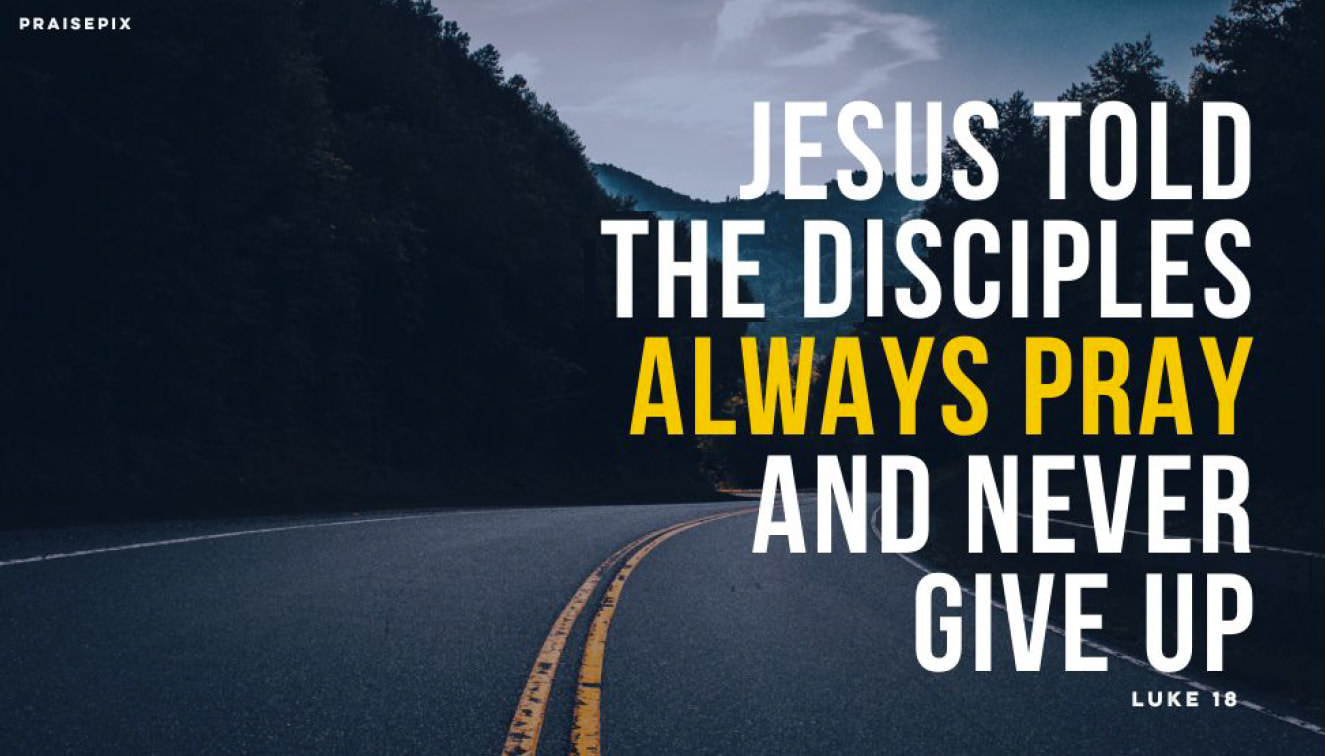

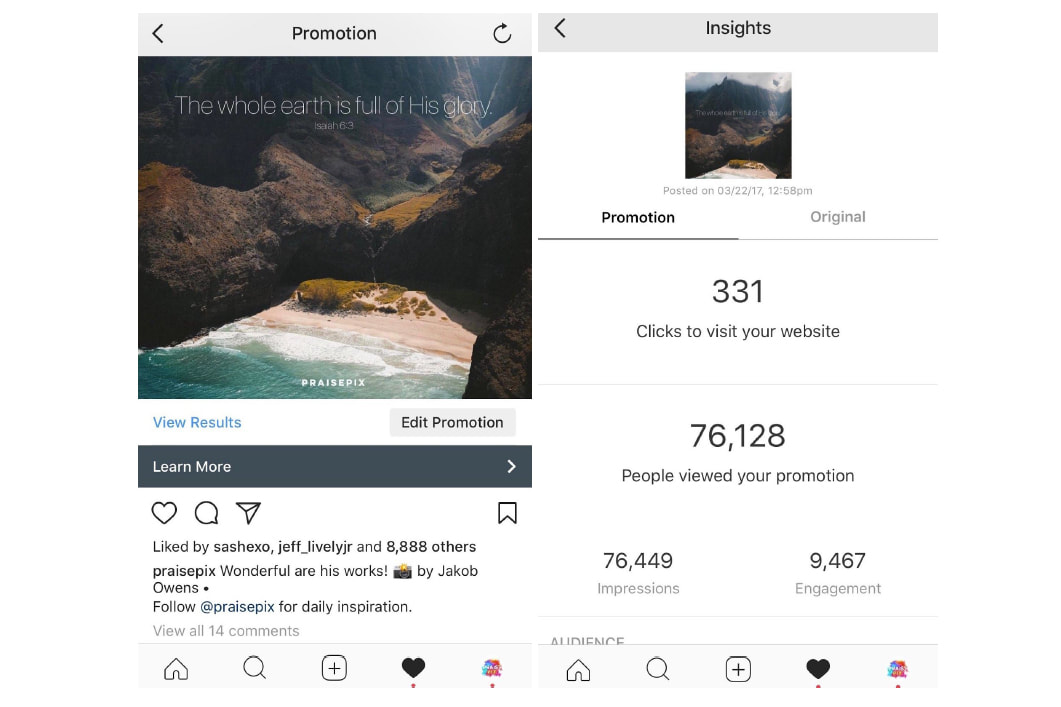


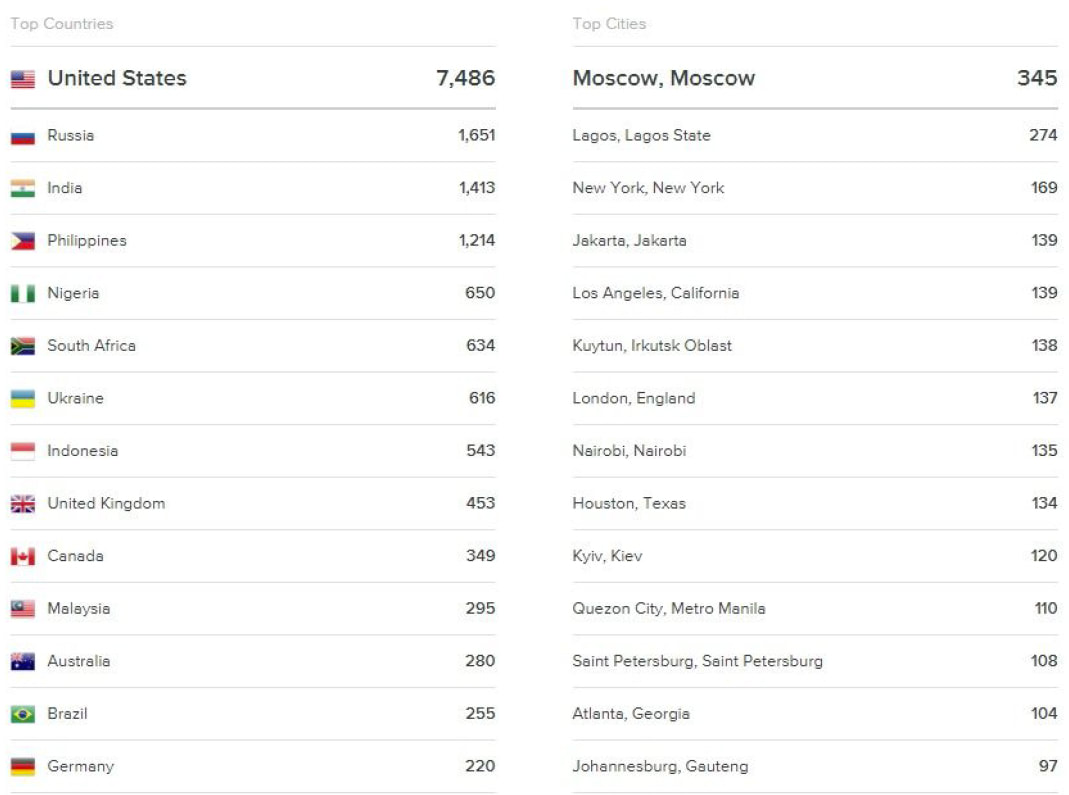

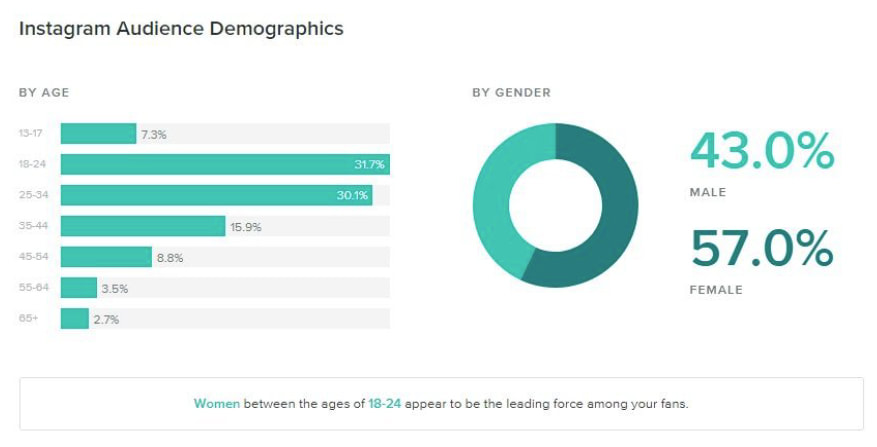
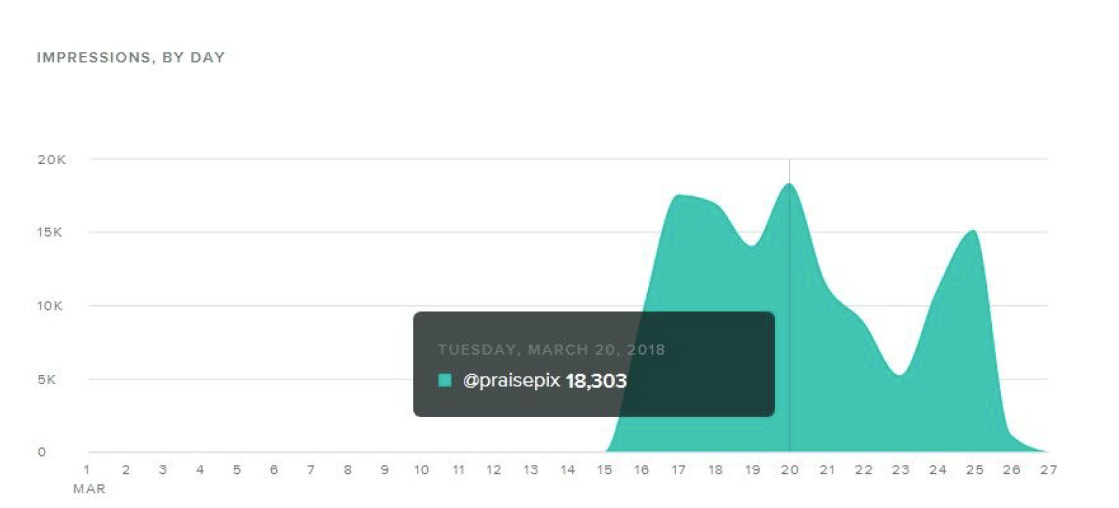







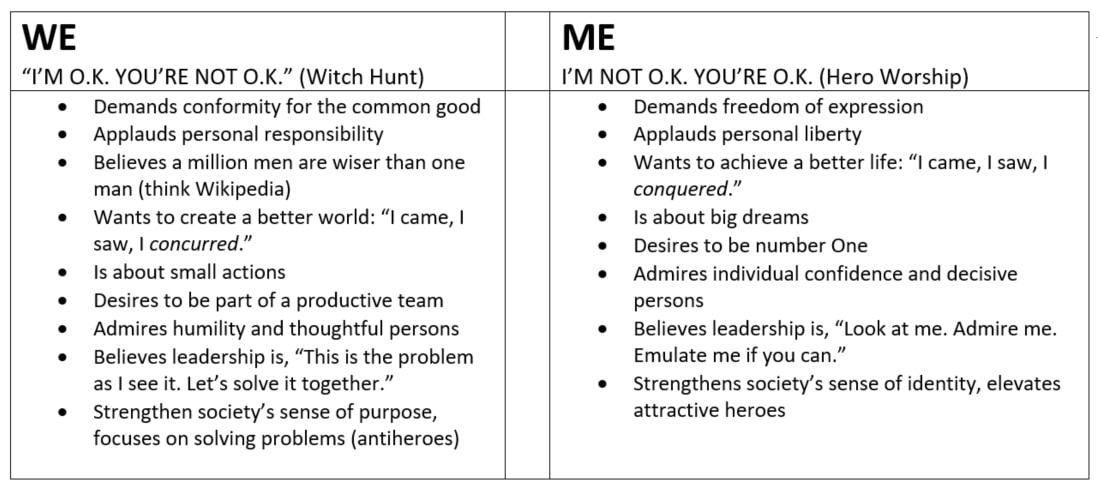






 RSS Feed
RSS Feed